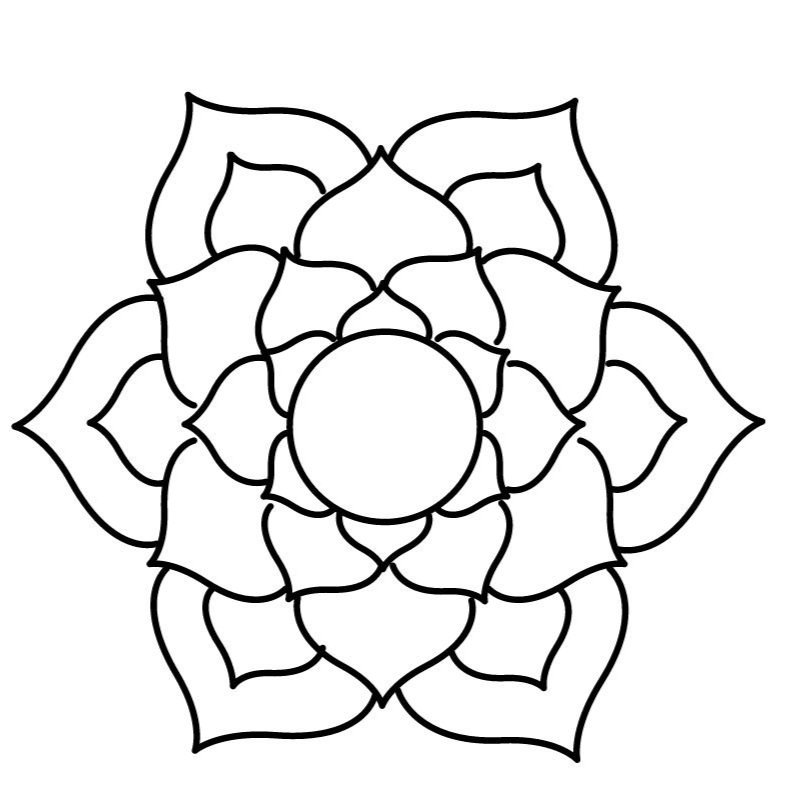Therapy, p.2
Therapist’s academic credentials (see previous post) do not tell you much about their theoretical orientation. So, what is that, and why should you pay attention to it when choosing a therapist? Therapeutic orientation indicates how you therapist works, i.e. their theoretical framework. Simply put, it is about what your therapist believes to be the basis for change.
Therapeutic orientations today roughly fall into three categories: cognitive-behavioral, humanistic, and psychodynamic.
Among the most well-known cognitive-behavioral therapies are CBT (cognitive-behavioral therapy), DBT (dialectic-behavioral therapy), REBT (rational emotive behavioral therapy), ACT (acceptance and commitment therapy). What they have in common is the belief that by changing our thoughts (negative patterns of thinking), we will change our behaviors. These therapies are usually short-term (up to 6 months), goal-oriented (addressing a specific issue), and heavy on homework assignments. The overarching goal is usually a change of behavior that is seen as unhealthy, maladaptive, or disruptive. Therapists tend to be more directive in their style, and psychoeducation is usually integrated into treatment. This type of therapy is heavily represented in agency settings and insurance-paid practices, i.e. wherever there are constraints on the duration and depth of treatment.
Humanistic therapies focus on the complex, holistic view of the individual’s nature, which takes into account their cultural background, history, childhood experiences, and current circumstances. The therapeutic relationship that is formed between the client and the therapist is of paramount importance to the treatment. This approach considers the client, and not the therapist, to be the expert in their life, which is why it is less directive then cognitive-behavioral approaches. Humanistic therapists believe that every person as an innate capacity for healing and growth, and that their role is to help them remove barriers to that natural process. Person-centered (or client-centered) therapy, Gestalt therapy, Existential therapy, Emotionally Focused Therapy, Internal Family Systems, Systemic Therapy are among the most represented today.
Psychodynamic therapies stem from Freud’s psychoanalytic theory, which has over the last hundred or so years evolved into different branches of modern psychoanalysis. The common denominator is the recognition of unconscious drivers of our thoughts, feelings, and behaviors, and the exploratory nature of the therapeutic process, which is oriented towards long term personal growth, rather than symptom reduction. Modern psychoanalysis positions the therapeutic relationship at the center of the process, where it serves as a sort of a laboratory for clients to learn about themselves through interactions with the therapist. Unlike in Freud’s days, psychoanalysts are not “blank screen experts” but rather the client’s co-creators and collaborators.
Finally, you might wonder why so many therapists tend not to outwardly align themselves with any specific therapeutic approach, but instead call themselves “integrated” or “eclectic”. This is because most professionals in the field tend to draw from different approach, instead of getting “specialized” in a single therapy. However, as therapists, we tend to lean towards one or the other approach, depending on many factors, such as our personal style, our own experience with therapy as a client, the breadth and depth of our psychotherapy education, our practice setting, etc. If your “integrated” therapist took certification courses in CBT and DBT, for example, rest assured that they will predominantly work from a cognitive-behavioral framework (think: homework, challenging negative thought patterns, etc). If they are describing themselves as “experiential”, “attachment-oriented”, or “exploratory”, for example, they are more likely a humanistic therapist. Things are probably the least complicated with psychodynamic-psychoanalytic therapists, who tend to be specific about their education and theoretical orientation in psychoanalysis.
